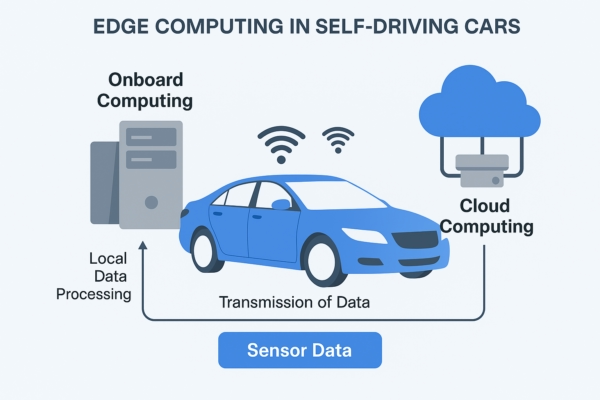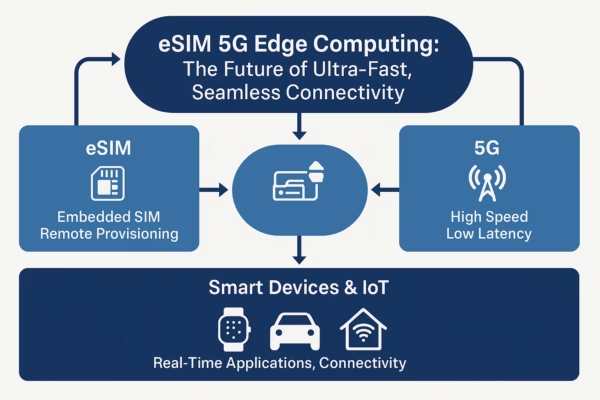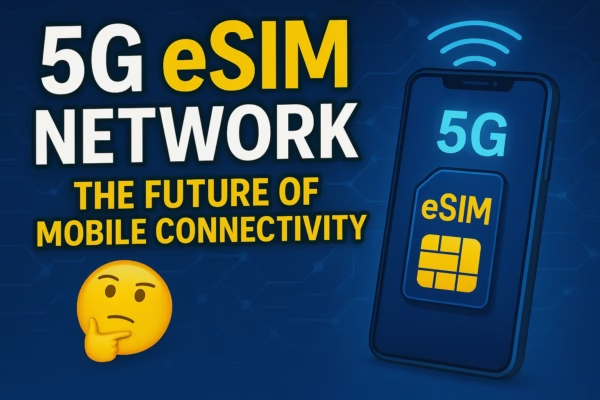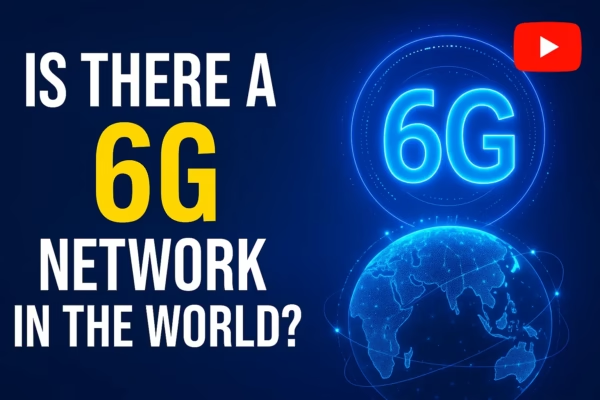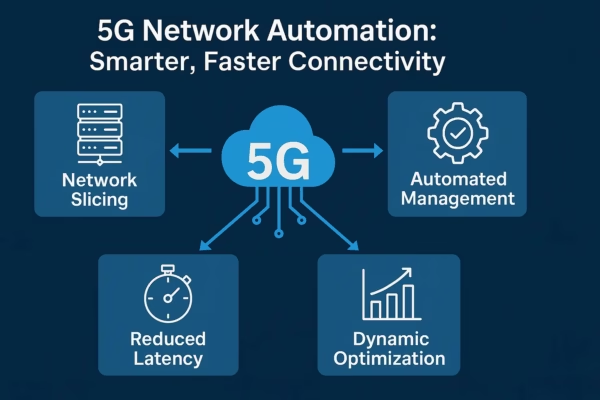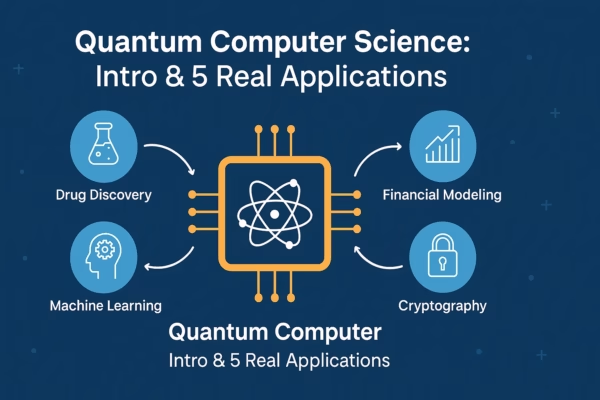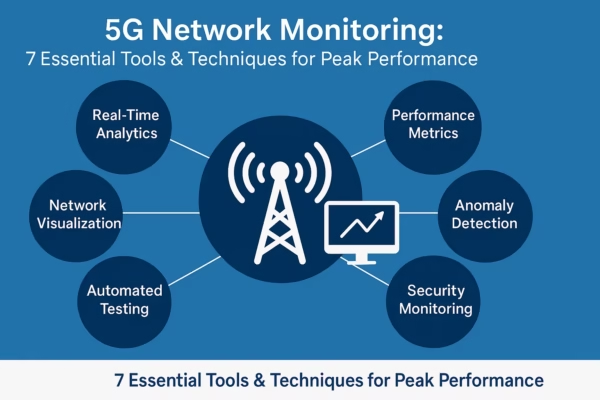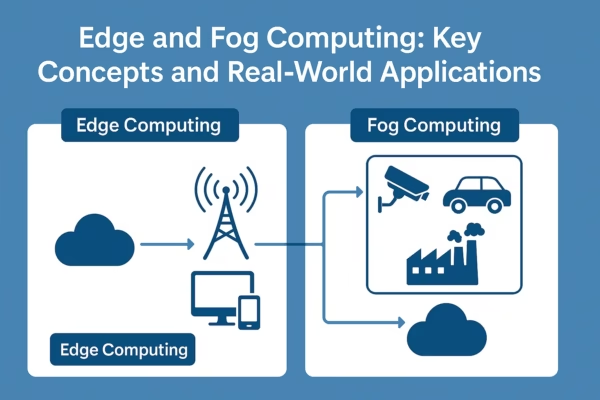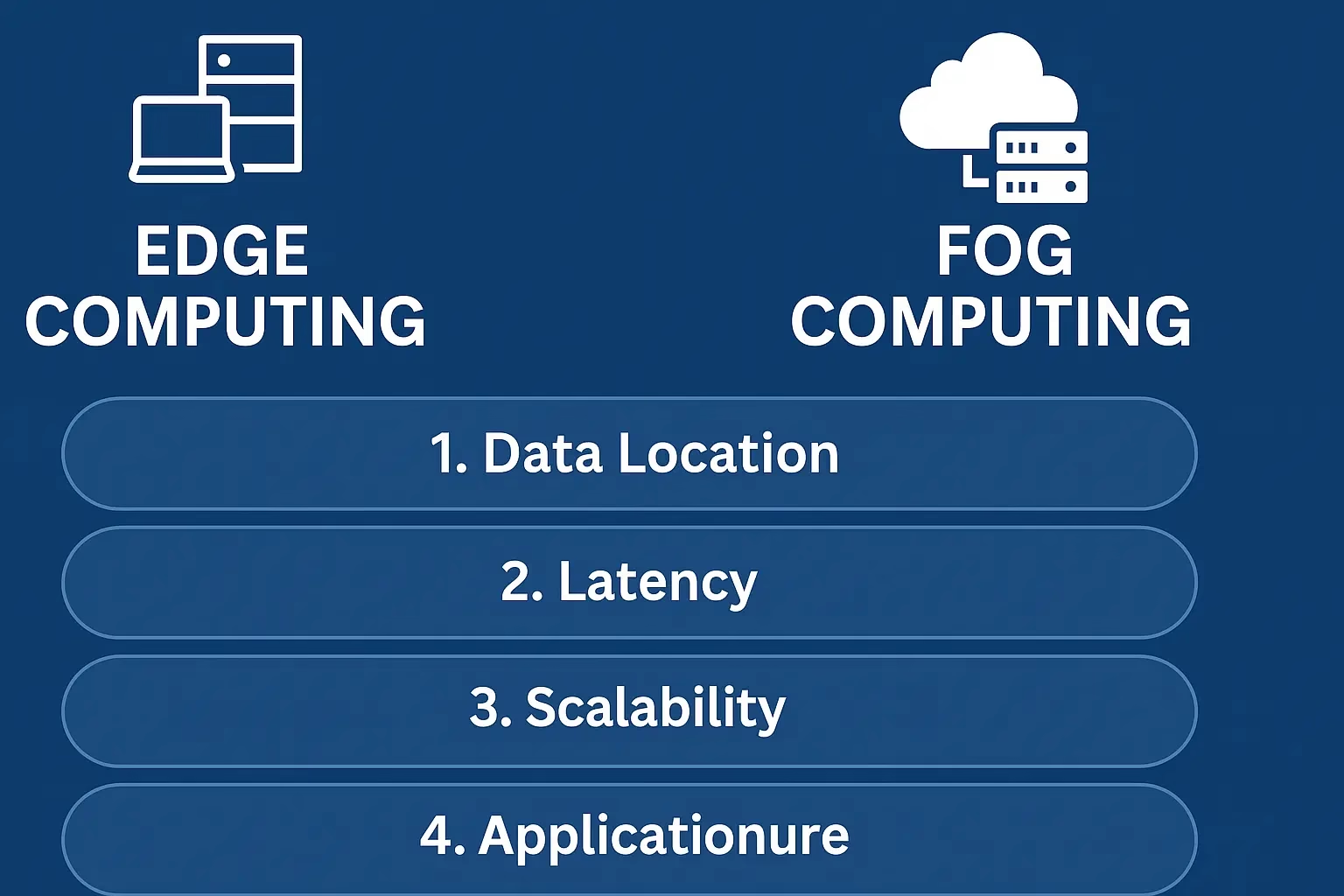Edge Computing in Self-Driving Cars The future of autonomous vehicles depends on real-time data processing, low latency, and ultra-reliable communication systems. Edge computing’s role in the future of self-driving cars is central to meeting these technical demands. By decentralizing computational resources and moving them closer to the vehicle, edge computing enables fast decision-making and enhances […]
eSIM 5G Edge Computing: The Future of Ultra-Fast, Seamless Connectivity
eSIM 5G Edge Computing: The Future of Ultra-Fast, Seamless Connectivity The convergence of eSIM 5G Edge Computing technologies is reshaping how we connect, compute, and communicate. These three cutting-edge technologies are key enablers of smart ecosystems, from autonomous vehicles to IoT networks, delivering real-time, ultra-reliable, and high-speed services. As digital transformation accelerates, the integration of […]
5G eSIM Network: The Future of Mobile Connectivity
5G eSIM Network: The Future of Mobile Connectivity The evolution of mobile networks is reaching a new milestone with the combination of 5G technology and embedded SIM (eSIM) functionality. The 5G eSIM network is rapidly reshaping how users connect to the internet, manage carrier services, and experience wireless speed. In this comprehensive guide, we explore […]
Is there a 6G network in the world? | Technology
Is There a 6G Network in the World? Current Status & Future Outlook The question “Is there a 6G network in the world?” is being asked with increasing frequency as we move further into the age of high-speed connectivity. While 5G is still in the process of global adoption, the tech world is already preparing […]
Financial Modeling Using Quantum Computing
Financial Modeling Using Quantum Computing: The Future of Finance Quantum computing is rapidly revolutionizing various industries, and financial modeling is no exception. Financial modeling using quantum computing offers groundbreaking speed and accuracy for solving complex problems such as risk assessment, asset pricing, and portfolio optimization. As the technology matures, finance professionals are eyeing quantum solutions […]
5G Network Automation: Smarter, Faster Connectivity
5G Network Automation: Smarter, Faster Connectivity 5G Network Automation is transforming the way we experience mobile connectivity by bringing unparalleled speed, ultra-low latency, and intelligent automation to telecom infrastructure. As networks become more complex, automation is key to ensuring efficiency, resilience, and adaptability in real-time. This guide explores how automation drives the 5G revolution and […]
Quantum Computer Science: An Introduction
Quantum Computer Science: An Introduction Quantum computer science is an emerging field that merges quantum physics and computer science to revolutionize how we process information. Unlike classical computers, quantum machines leverage the principles of quantum mechanics, such as superposition and entanglement, to perform complex calculations with unprecedented speed and efficiency. This introduction to quantum computer […]
5G Network Monitoring: 7 Essential Tools & Techniques for Peak Performance
Ultimate Guide to 5G Network Monitoring: Tools, Challenges & Best Practices 5G network monitoring is essential for ensuring seamless connectivity, ultra-low latency, and high data throughput in next-generation networks. As industries and consumers rely more heavily on 5G technology, maintaining and observing network performance in real time becomes increasingly important. In this guide, we’ll dive […]
Edge and Fog Computing: Key Concepts and Real-World Applications
Edge and Fog Computing Edge and fog computing are rapidly transforming the landscape of real-time data analytics and decentralized data processing. By bringing computational power closer to the data source, they enhance speed, reduce latency, and support emerging technologies like IoT, AI, and 5G. In this comprehensive guide, we dive deep into edge and fog […]
Edge Computing vs Fog Computing: 5 Crucial Differences You Must Know
Edge Computing vs Fog Computing: 5 Crucial Differences You Must Know In today’s digital landscape, the need for real-time data processing has led to the emergence of decentralized computing paradigms: edge computing and fog computing. Both aim to reduce latency and bandwidth usage by processing data closer to its source, but they differ in architecture […]
